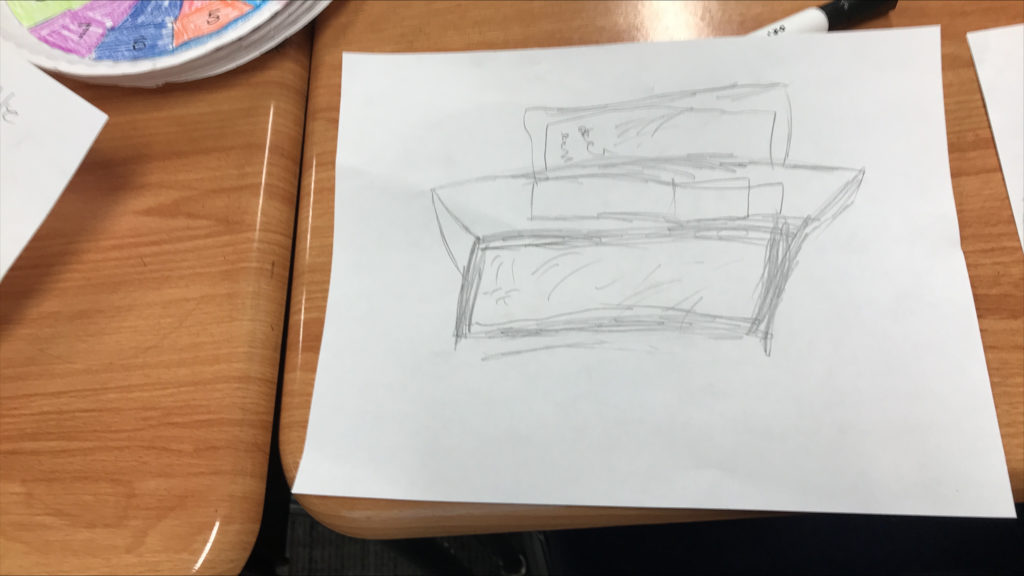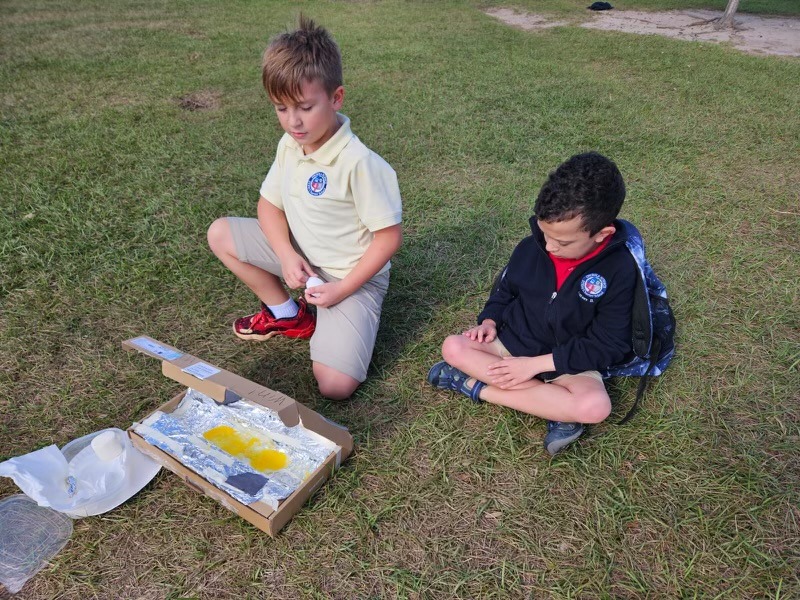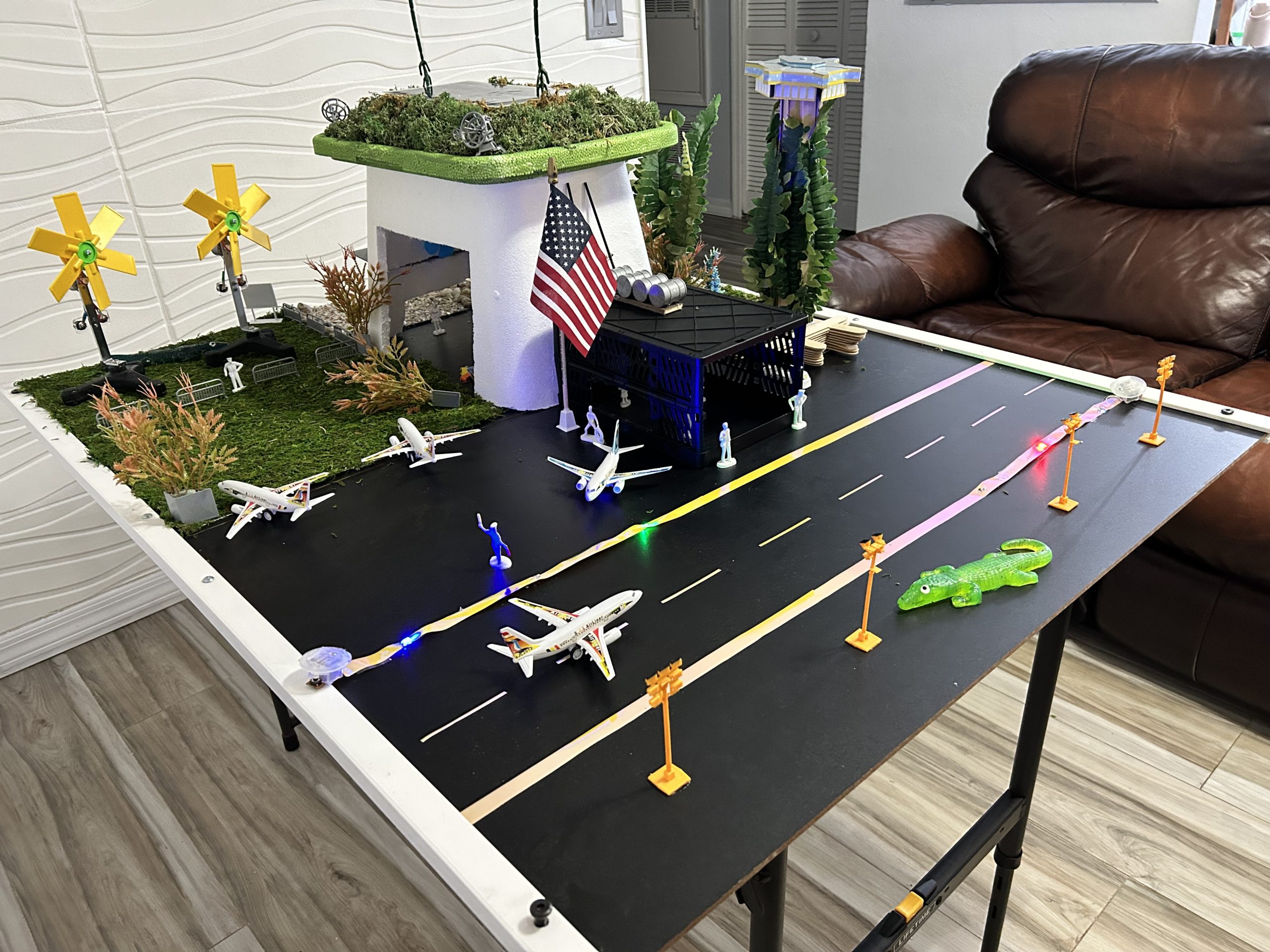Solar Energy Cook Off
Our Team Name : Solar Impact
Our School Name is O.S.C.S or Osceola Science Charter School.
TEAM MEMBERS:
- Treasure J. 3rd Grade
- Mason S. 4th Grade
- Aleksey B. 4th Grade
Description:
Harnessing the power of the sun! Our solar energy cooker transforms a simple ingredients into delicious snacks while reducing carbon footprints! Cooking with clean, renewable energy has never tasted so good!
Materials:
- Cardboard box, Black Paper, Tin Foil, transparent plastic, and a small pulley system.
Temperature Estimate: 35 Degrees
S more’s Recipe:
Ingredients:
- Graham Crackers
- Marshmallows
- Hershey’s Chocolate
- Chocolate Syrup
Procedure:
- Grab a Graham Cracker
2. Roast a Marshmallow in the Cooker
3. If the Marshmallow is melted from the cooker put the Marshmallow on the Graham Cracker
4. Put the Hershey’s Chocolate bar on the Marshmallow
5. Put another Graham Cracker on the bottom
6. (Optional) Put Chocolate syrup on top




Also, I wanted to add- YOU WERE AMAZING THERE! I loved the shark plates. We learned so much this year with it being our first year with solar cooking. I cannot wait to see your oven next year!
Solar cooking can be quite challenging! I am happy to hear that you were able to cook S’mores in it! For next year, what materials do you think you will use? Would you be able to cook a main dish and a dessert? Here is what Google Gemini wrote about your project:
**Temperature Boost:**
* **Insulation:** Line the inside of the cardboard box with reflective material like aluminum foil to trap heat and increase cooking temperature. Multiple layers can be even more effective.
* **Angled Design:** Consider building a solar cooker with adjustable angles. This allows you to tilt the cooker towards the sun throughout the day for maximum heat capture.
* **Concentrated Sunlight:** Explore ways to use mirrors or lenses to focus sunlight onto the cooking area. Fresnel lenses, like those used in magnifying glasses, can be a good option.
**Cooking Versatility:**
* **Taller Design:** A taller box might allow you to cook a wider variety of foods. Lasagna anyone?
* **Temperature Gauge:** Adding a simple thermometer inside the cooker will help you monitor cooking temperatures for different recipes.
* **Heat Diffuser:** A metal plate placed inside the cooker can help distribute heat more evenly, preventing scorching on the bottom and undercooked tops.
**Taking it Up a Notch:**
* **Data Tracking:** Use a temperature sensor to record the cooker’s temperature throughout the day. This data can help you identify ways to optimize its design for future use.
* **Presentation Power:** Create a display or presentation about solar cooking and your team’s project. Educating others is a great way to spread awareness about renewable energy!